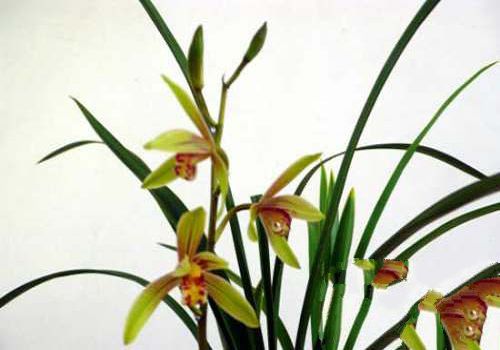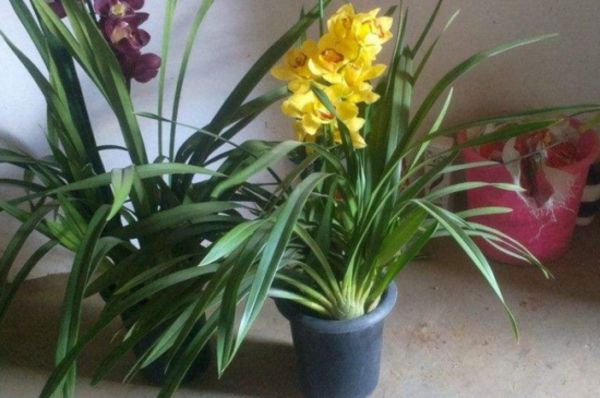Cultivation methods of Lily Orchid

Cultured bell orchids can be cultivated with a mixture of fertile humus soil and perlite with a certain degree of water retention. It is relatively cold-resistant, and the most suitable temperature for growth is 18 ℃ ~ 22 ℃. It is usually watered every 3-5, which is increased in summer and decreased in winter. Thin compound fertilizer should be applied every half a month in spring and autumn, and fertilizer should be stopped in winter and summer.
1. Soil
The cultivation of the lily of the valley needs a slightly acidic soil that is more fertile and has a certain degree of water retention. We can use more fertile humus soil and perlite with good water retention to cultivate the lily of the valley. Alkaline soil and clay must not be used. If you feel that the growth is too slow or lack of nutrients, you can add some base fertilizer appropriately when planting, so that the soil is slightly fat, but the fertility is not too strong.
2. Temperature
It is relatively cold-resistant, and the most suitable temperature for growth is 18 ℃ ~ 22 ℃. During the growing period, the temperature should be well controlled, the highest temperature should not exceed 25 ℃, and the lowest temperature should not be lower than 10 ℃. In winter, it should be moved to a warm indoor place to keep warm, in summer, it should be moved to a cool and ventilated place for cooling, and if necessary, it can also be cooled by spraying water mist, otherwise it will cause great damage to plants and even lead to their death.
3. Moisture
Lily of the valley prefer the humid environment, in the initial stage of planting to keep the soil fully moist, usually every 3-5 should be watered. In summer, we should always pay attention to the degree of dryness and wetness of the soil, and water it when it is slightly dry, usually every 1-2 days. In winter, water can be watered every other week, and the amount of water should not be too much, so as to avoid stagnant water and rotten roots.
4. Fertilization
Fertilization should be carried out frequently with thin fertilizer, and some thin compound fertilizer should be applied every half a month during the growing period of spring and summer. Autumn and winter will slowly enter the dormancy period, fertilizer should be slowly reduced and stop fertilization in winter, in case fertilizer burns plant roots. At the beginning of planting, you can apply some thin pancakes to make the plants grow better and faster.
- Prev

How to identify the quality of orchids and the selection and purchase of orchid-growing plants
How to identify the quality of orchids and the selection and purchase of orchid-growing plants
- Next

The planting methods of orchid seeds are as follows
The planting methods of orchid seeds are as follows
Related
- Is the orchid suitable for indoor use? Is it good for the body?
- How to prevent the empty root of orchids?
- What to do after the crab claw orchid is withered?
- Why are the leaves of orchids always yellow? Fertilizing and watering.
- Can the root of the gentleman orchid be saved if it is rotten?
- Diagnosis and treatment of cotton-blowing beetle insects in Cymbidium
- There is a way for a gentleman's orchid to rot.
- What is the most suitable temperature and humidity for the orchid?
- How to raise a gentleman's orchid? Cultivation techniques of Cymbidium
- How to prepare the nutritive soil for the cultivation of Cymbidium

